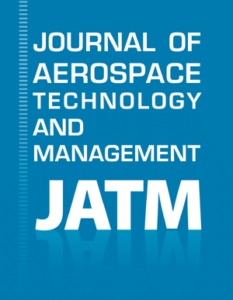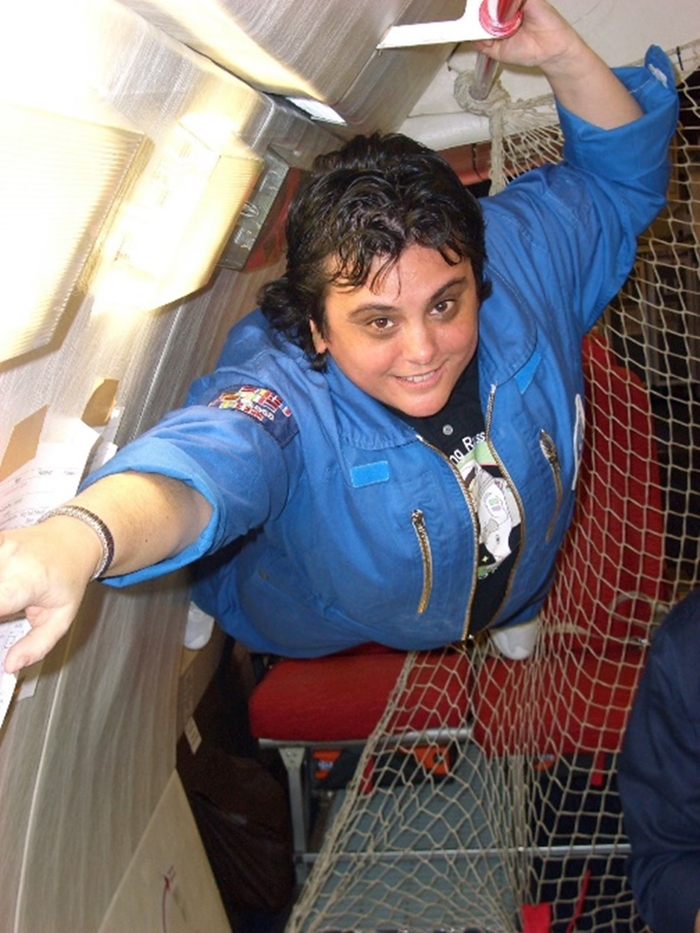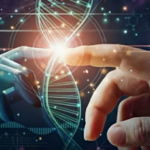Thais Russomano, MD, MSc, PhD, FRSA – World expert in Space Physiology, Aviation Medicine, Telemedicine & Digital Health – International professor & researcher, Co-Founder & CEO, InnovaSpace-UK.
 The article Physiological adaptations to life in space: An update, published in the Journal of Aerospace Technology and Management (vol. 15, 2023), presents several of the morphofunctional changes occurring in the human body when submitted to time in space, considered to be an extreme environment. Greater understanding of these alterations has become increasingly essential in view of the new roadmaps for human space exploration, with the possibility of manned missions returning to the Moon and the first to the planet Mars. This has even more relevance with the advent of space tourism, where space travelers will have demographic characteristics, health and fitness profiles that are very different from those seen in the astronaut selection processes applied by space agencies.
The article Physiological adaptations to life in space: An update, published in the Journal of Aerospace Technology and Management (vol. 15, 2023), presents several of the morphofunctional changes occurring in the human body when submitted to time in space, considered to be an extreme environment. Greater understanding of these alterations has become increasingly essential in view of the new roadmaps for human space exploration, with the possibility of manned missions returning to the Moon and the first to the planet Mars. This has even more relevance with the advent of space tourism, where space travelers will have demographic characteristics, health and fitness profiles that are very different from those seen in the astronaut selection processes applied by space agencies.
This study was based on the development of a bibliographical survey, which used a narrative literature review, a modality that aims to describe and discuss the “state of science of a specific theme or topic from a theoretical and contextual point of view“. The primary objective was to discuss the main aspects of human adaptation to the extraterrestrial environment, considering the effects of gravitational change and space radiation, with an emphasis on the knowledge acquired regarding cardiovascular, renal, hydroelectrolytic, hematological, immunological, respiratory, neuropsychic, sensory, gastrointestinal, endocrine, musculoskeletal, integumentary, and genetic changes.
This narrative review of the literature on the organic modifications of Homo sapiens sapiens during space missions identified that, based on available knowledge, the main systems affected include the cardiovascular, neuropsychic, musculoskeletal and immune systems. The most effective prevention strategies are adequate sleep, a healthy diet, protection of the spacecraft from ionizing radiation, daily physical exercise and the adoption of simple behaviors, such as the establishment of a “floor” on board, which provides a spatial reference.
Exposure to space radiation increases the risk to astronaut health. Much has been learned over time about the effects of radiation on orbital flights, including the anatomical, physiological and psychosocial changes during short- and long-term missions, the inflight countermeasures that can be used to combat or minimize these alterations, and the techniques for physical, emotional, social, family and professional readaptation after a space mission. However, it was clear to the authors that the main challenges to developing a greater understanding of human adaptation to the space environment are linked to the restrictions in access to medical data, the large distances involved, the complexity of space missions and limitations in the population investigated (a small number of astronauts per mission, mostly male, and generally recruited in full good health).
Next, listen to the podcast by Rodrigo Siqueira Batista, in which he further discusses and expands on the psychological issues arising from life in space (podcast call suggestion).
External links
Journal of Aerospace Technology and Management – JATM : https://www.scielo.br/j/jatm
Como citar este post [ISO 690/2010]:














Recent Comments